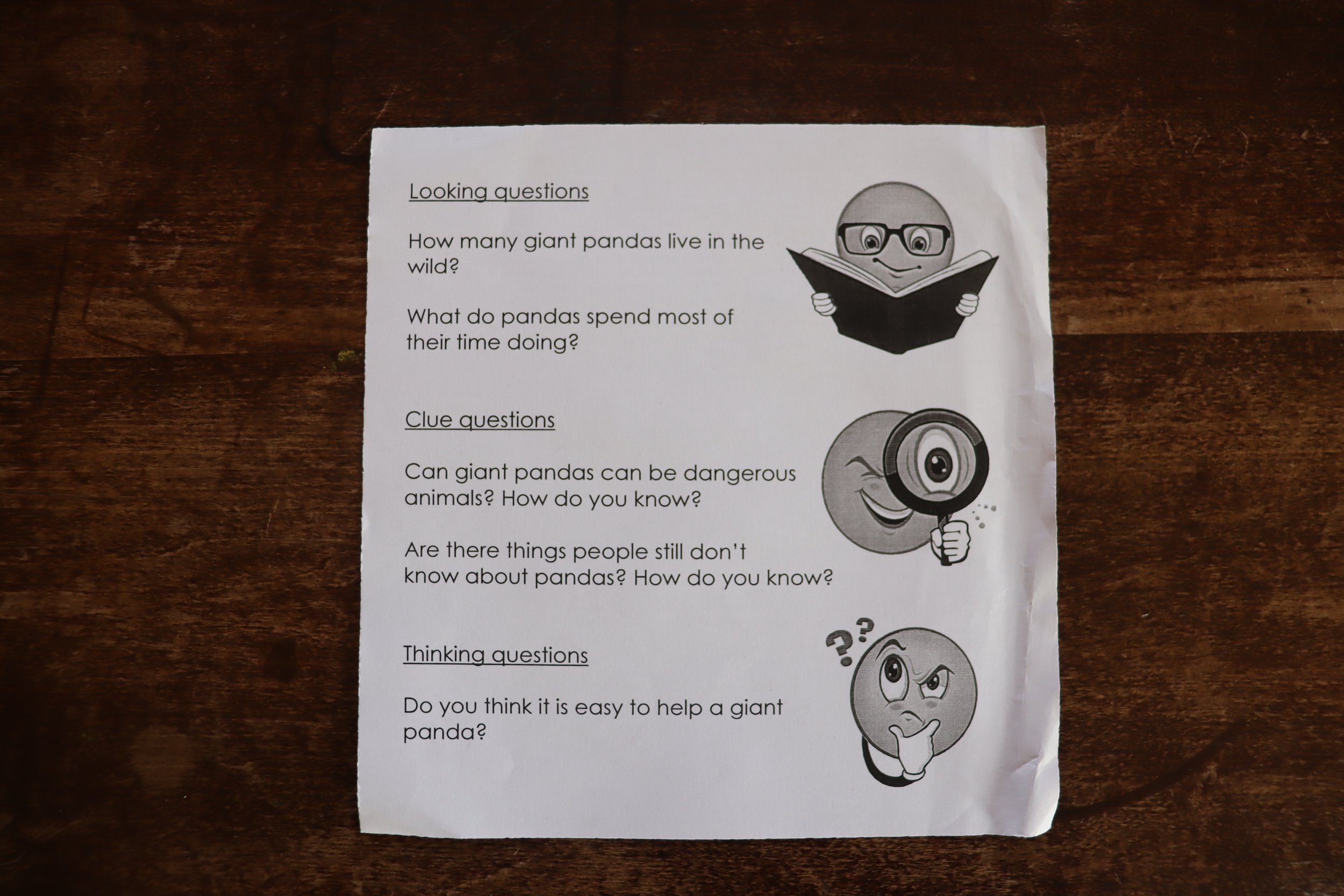Using ‘big questions’ or ‘thinking questions’ which go beyond the text into matters of real life can be enormously beneficial. They help students see the connections between reading and their own lives. This can really help with engagement. These questions can also develop critical and creative thinking, and when done as a group or whole-class talk task, develop collaborative thinking as children realise that their peers may have different perspectives.
I was recently watching pupils in a talk-based reading lesson. The story was about a boy who was getting disillusioned with school and homework. There were some retrieval and inference questions, and then a thinking question: Is schoolwork the most important thing when you are a child?
I noticed that one child’s demeanour changed completely when she got onto question three - the thinking question. Up until this point in the lesson she had not got involved in the talk, but she suddenly sat up and looked confident. When the teacher encouraged the class to make some notes, she keenly wrote down her ideas then indicated that she wanted to speak. She said to the whole class: You need to have fun, too, not just do schoolwork. And when you have fun, you learn to help people and be kind.
This is the power of questions which do not have just one correct answer.
Here is another example from a reading lesson using a non-fiction text about pandas:



